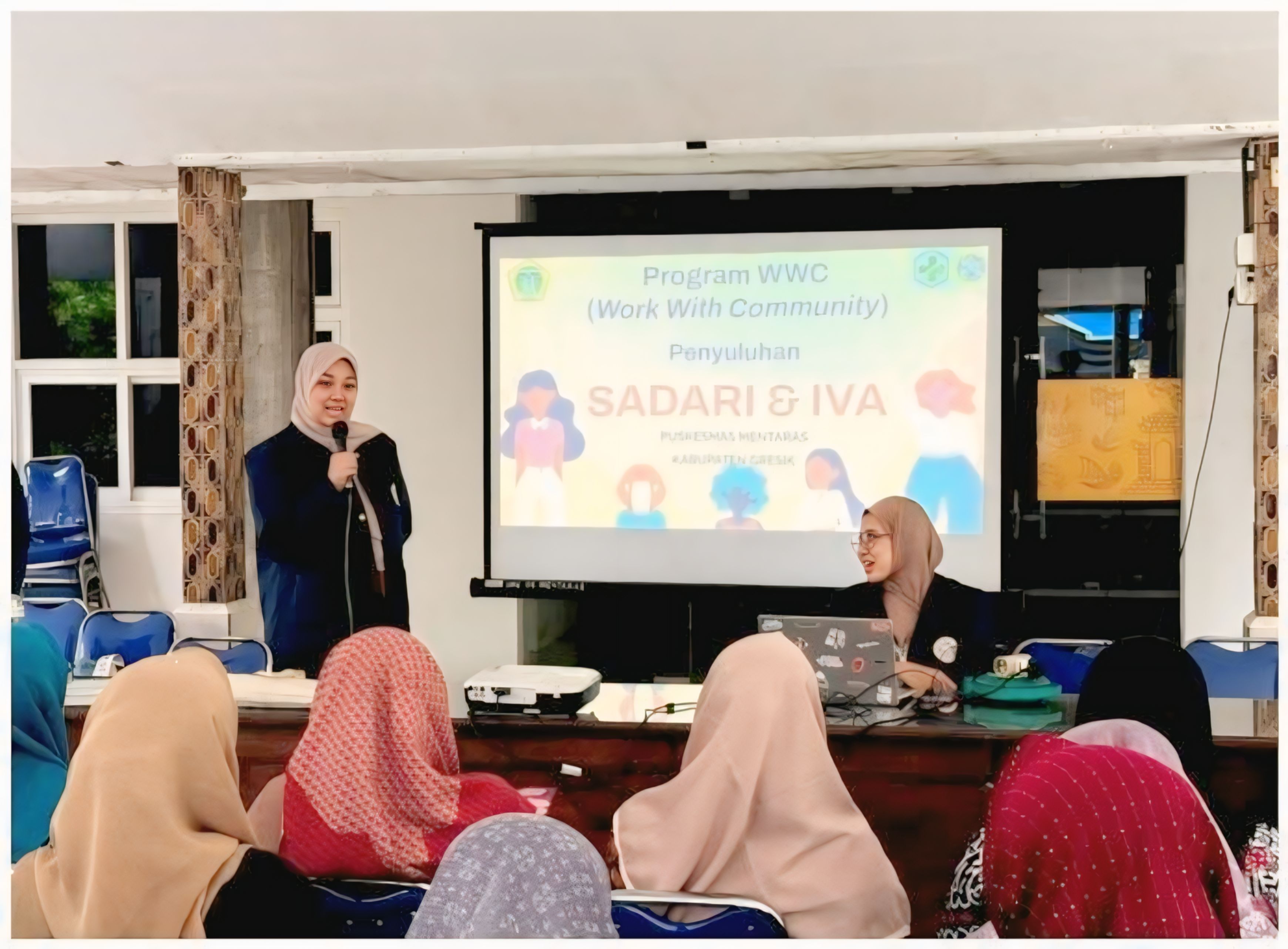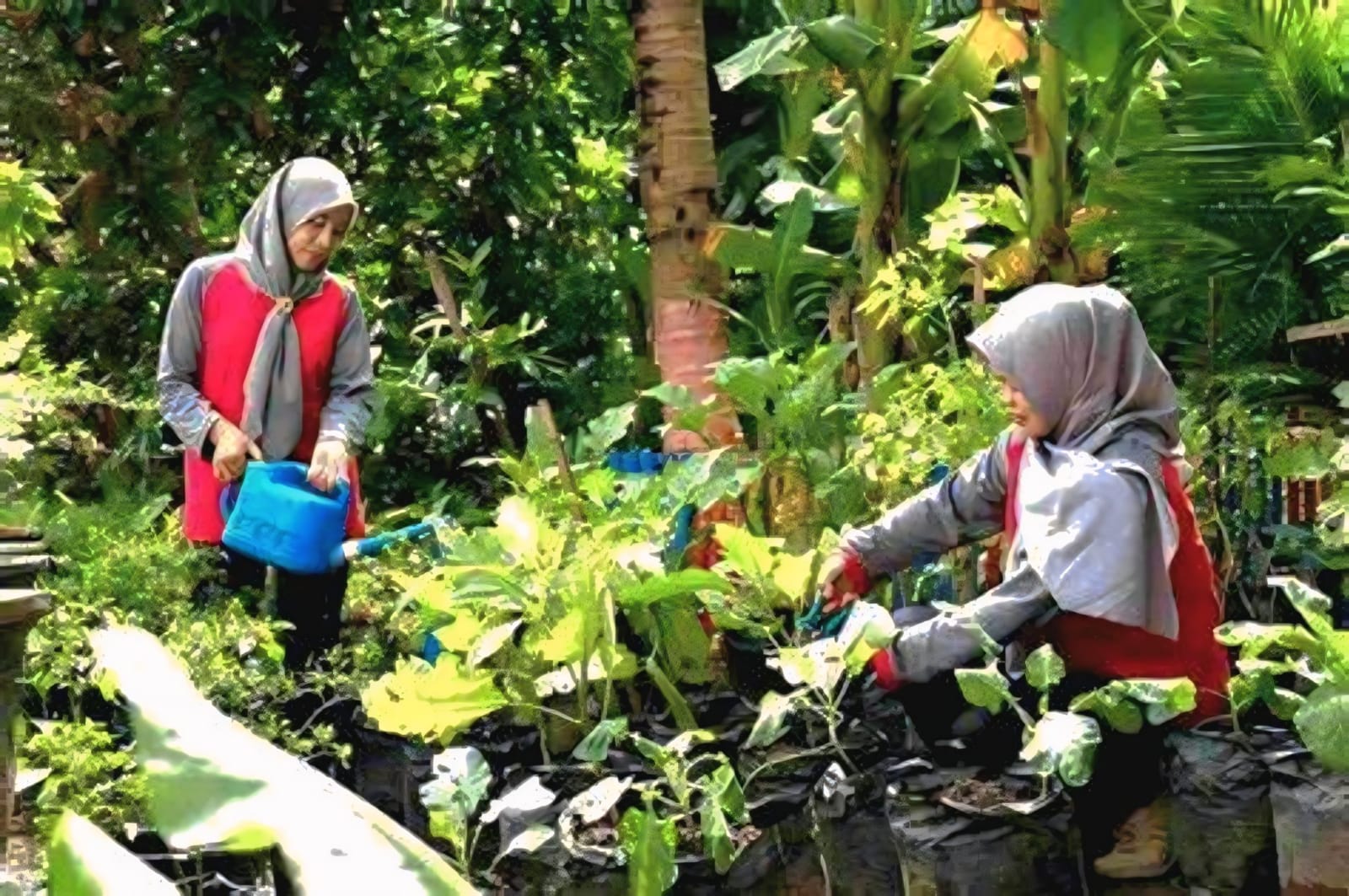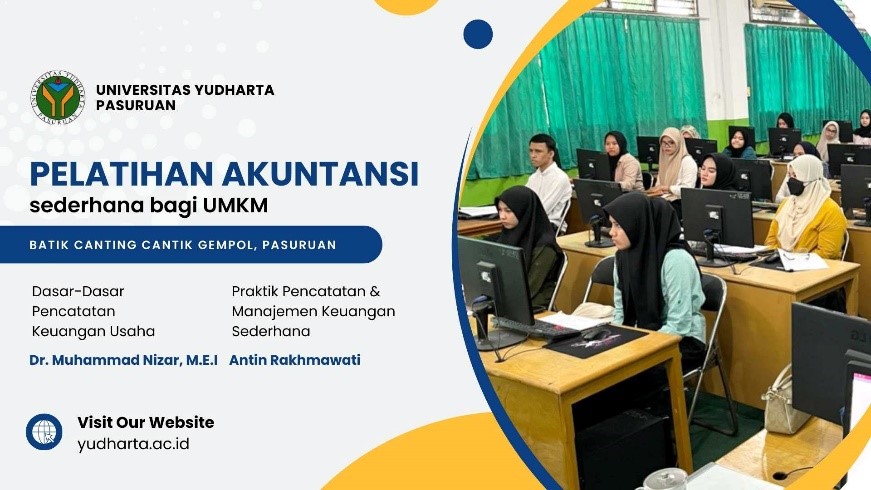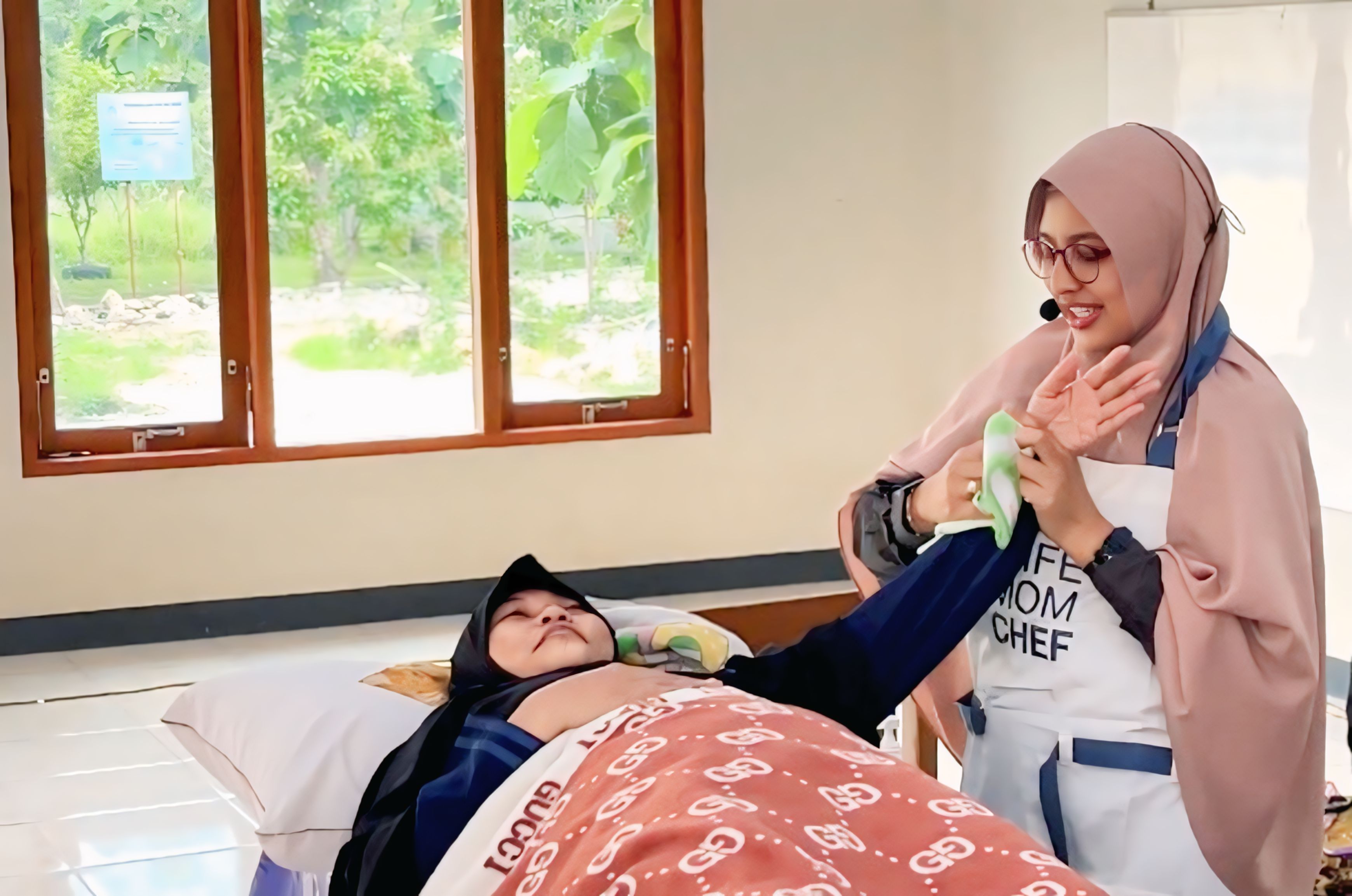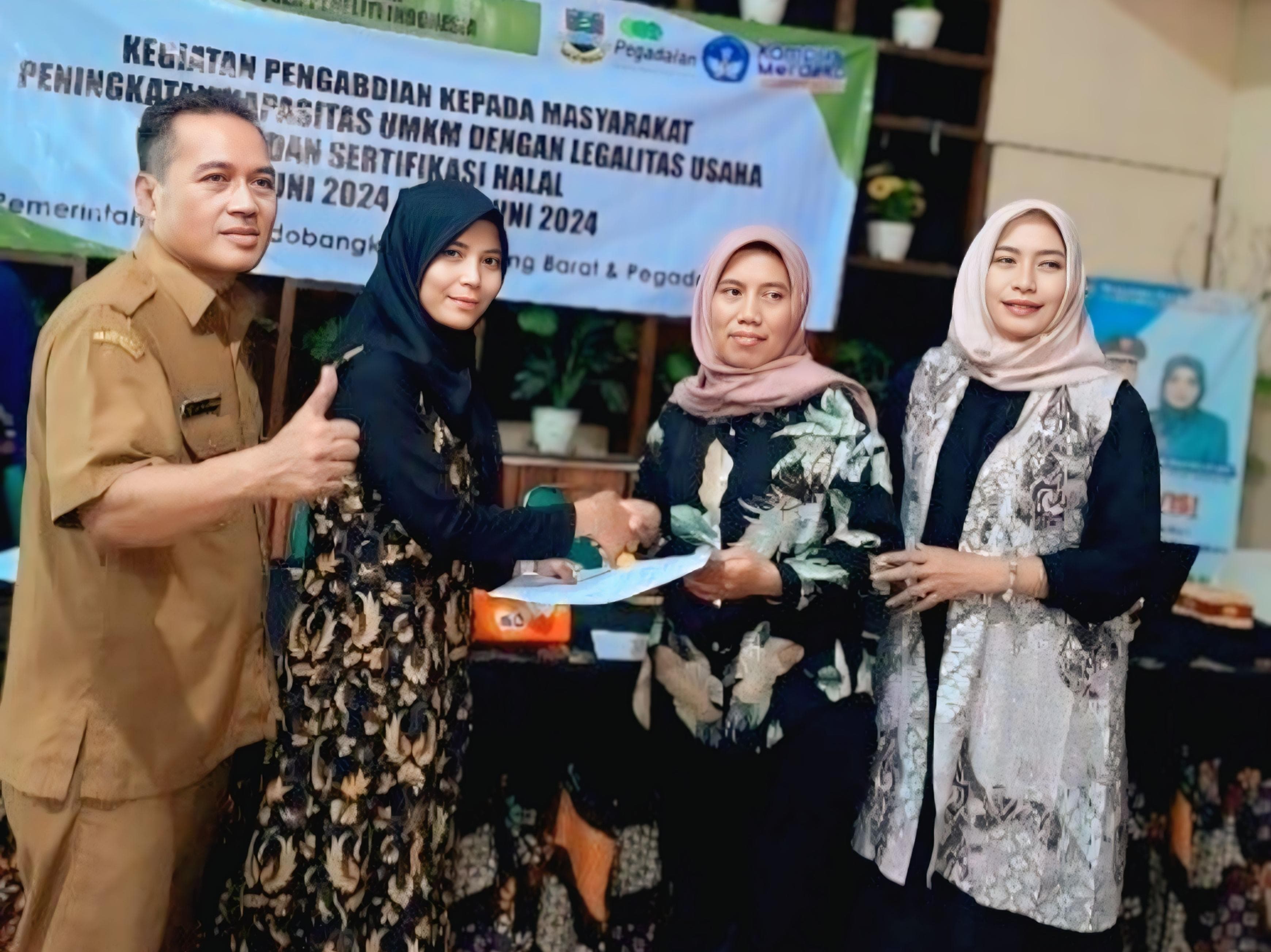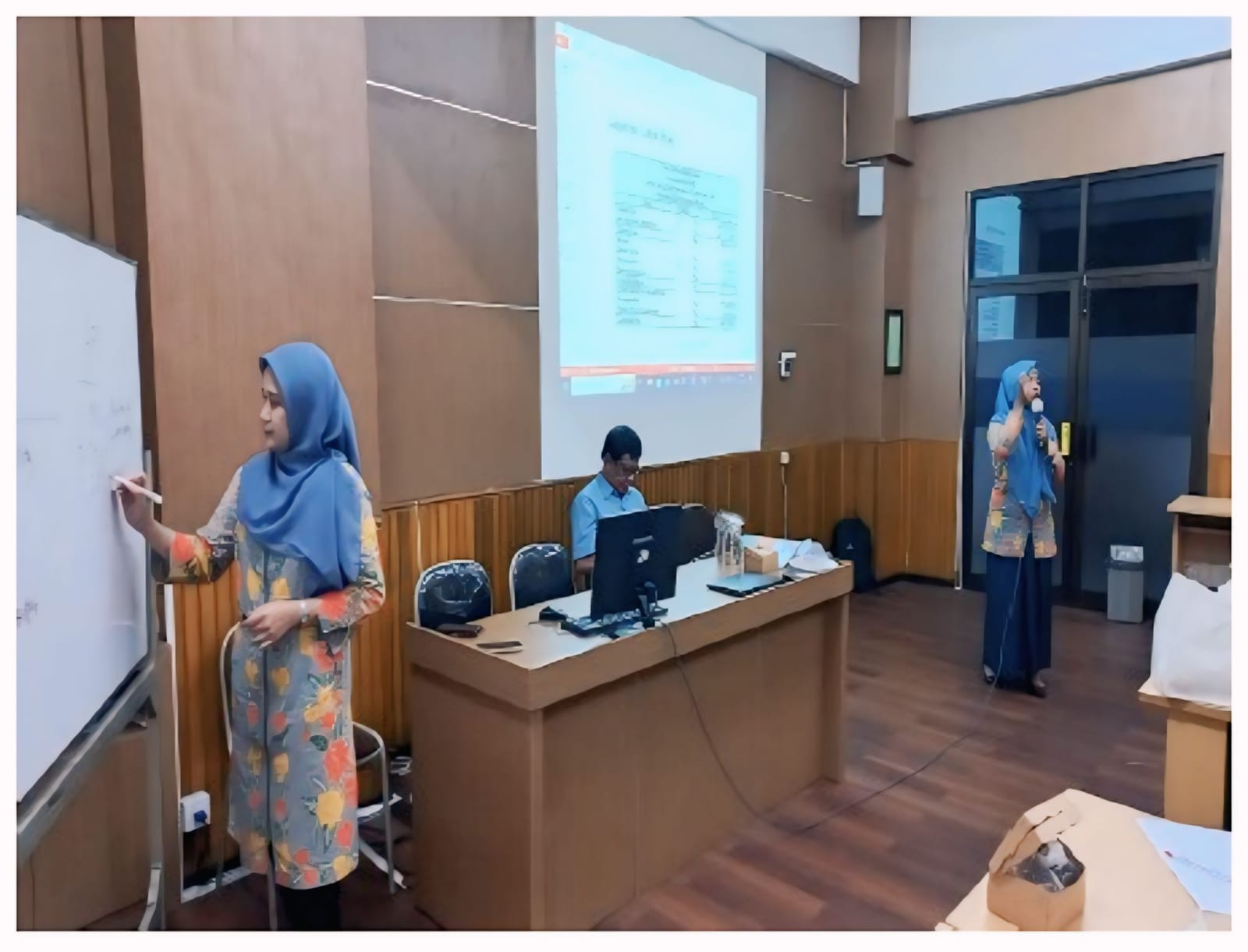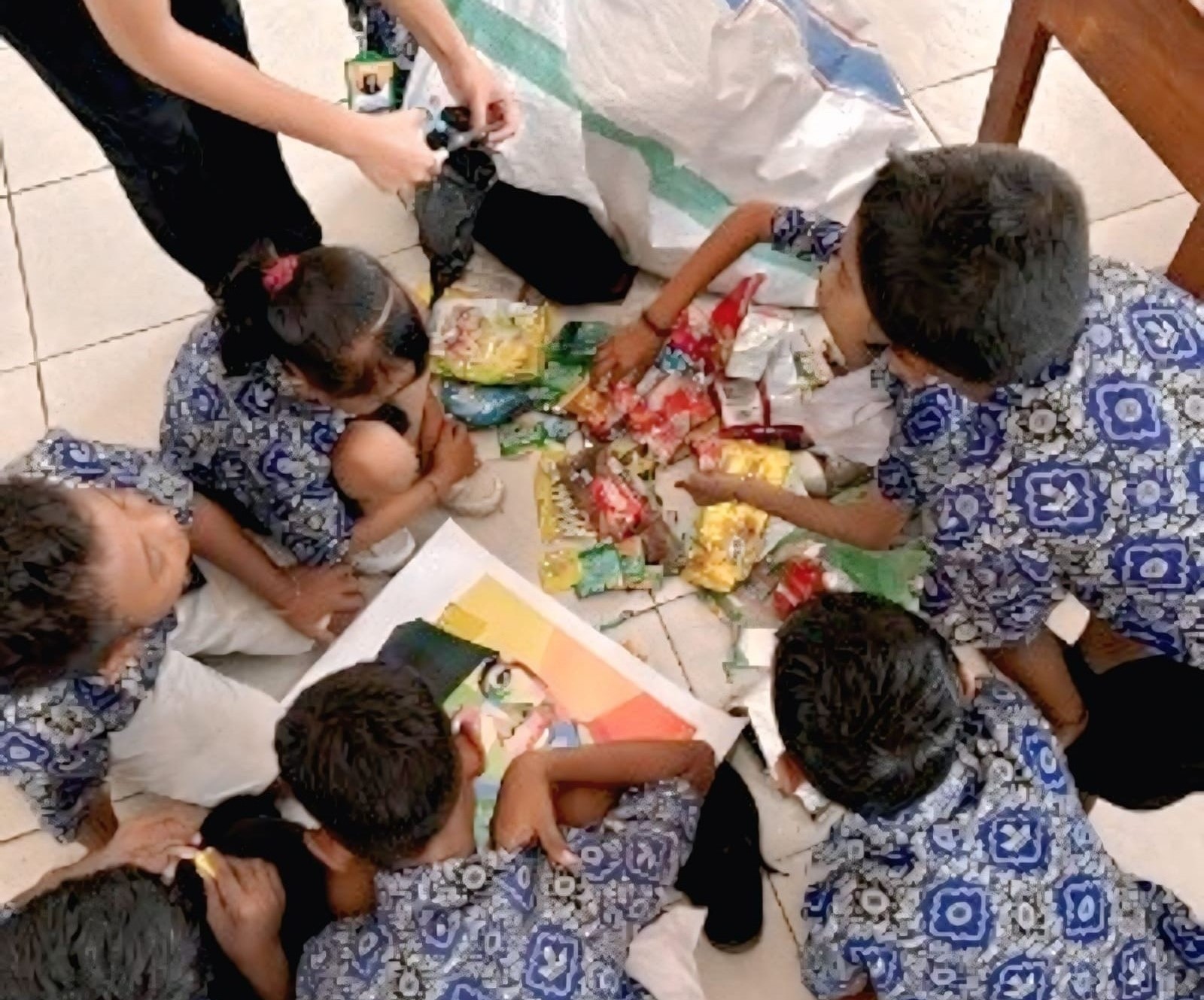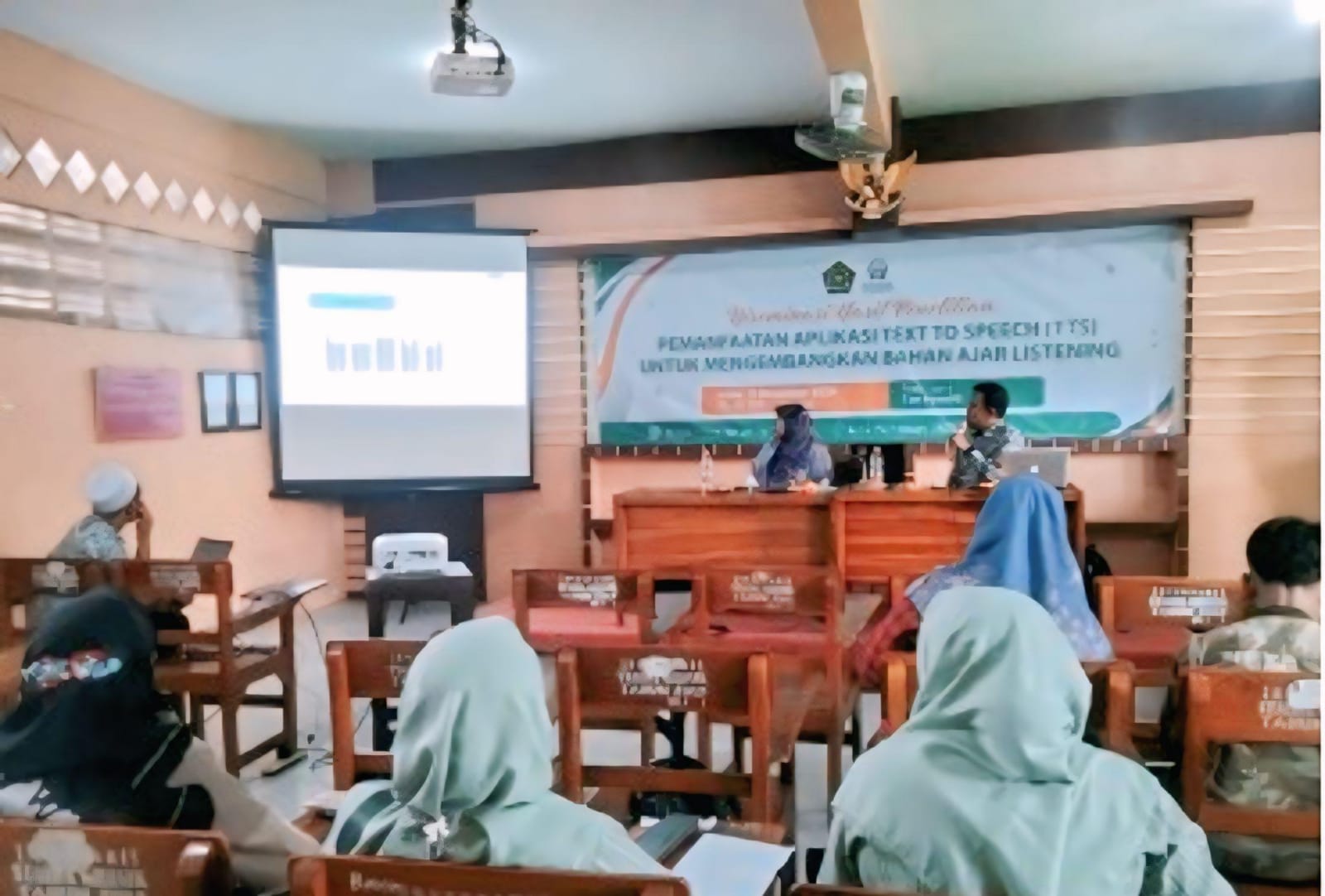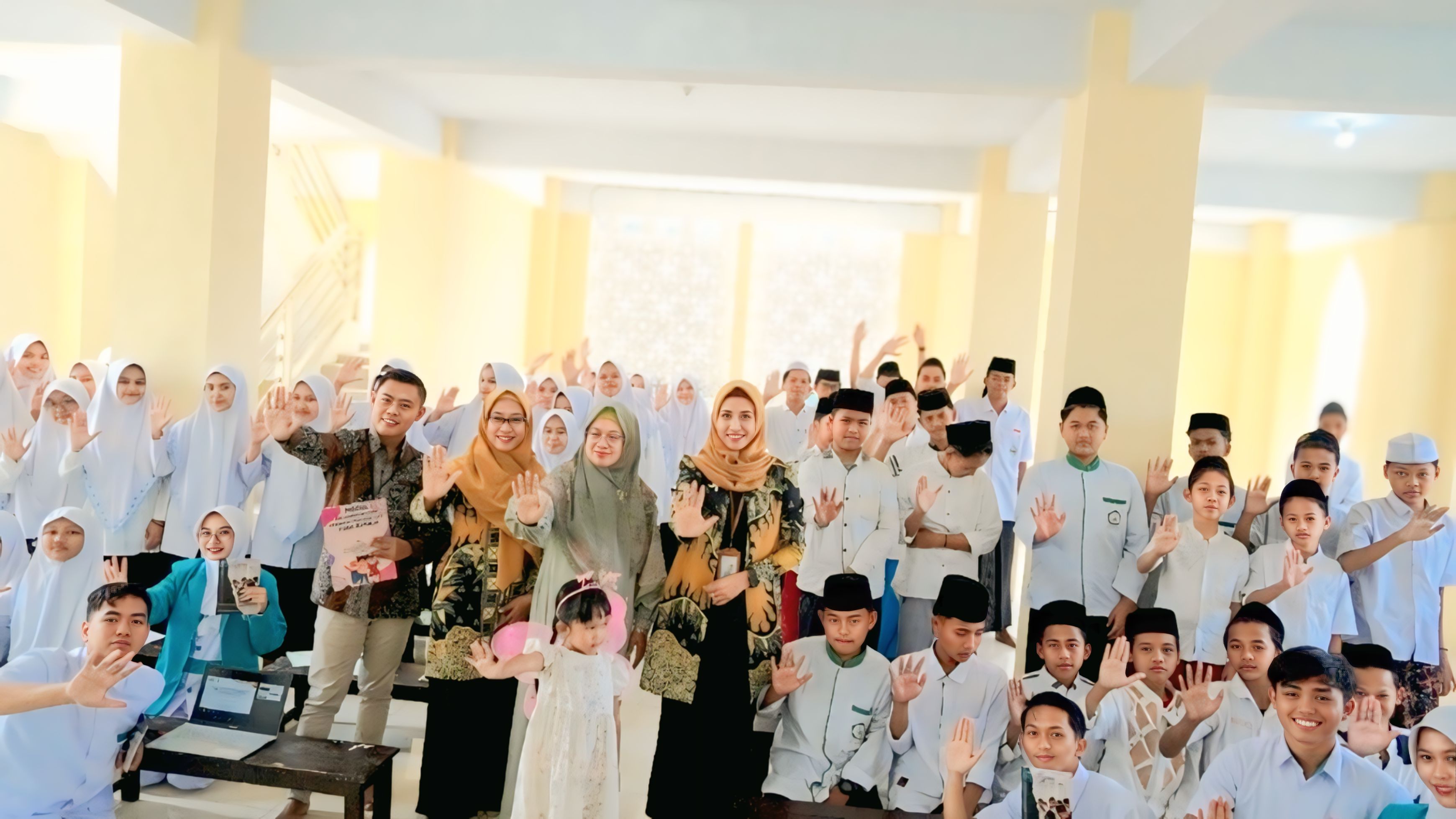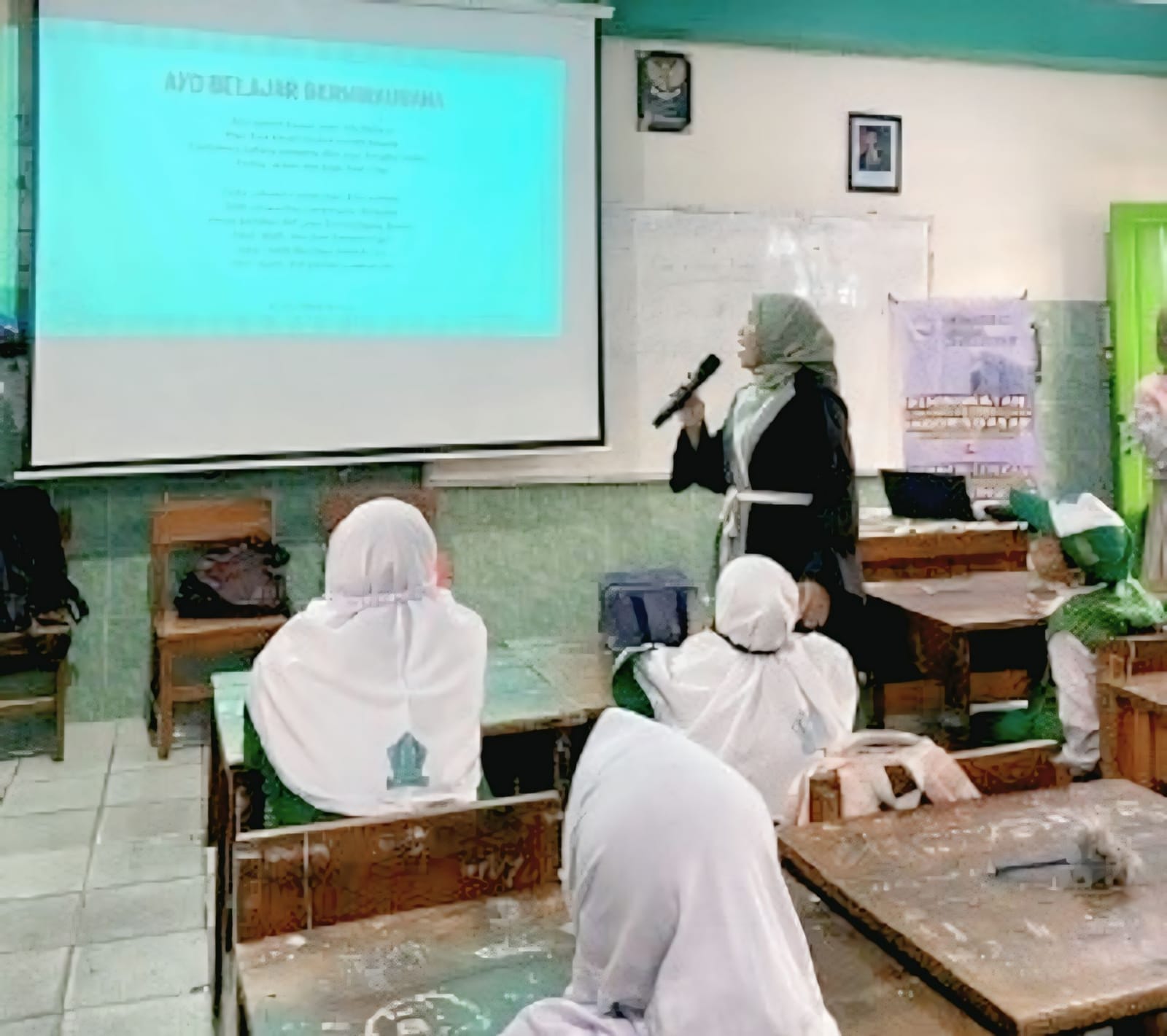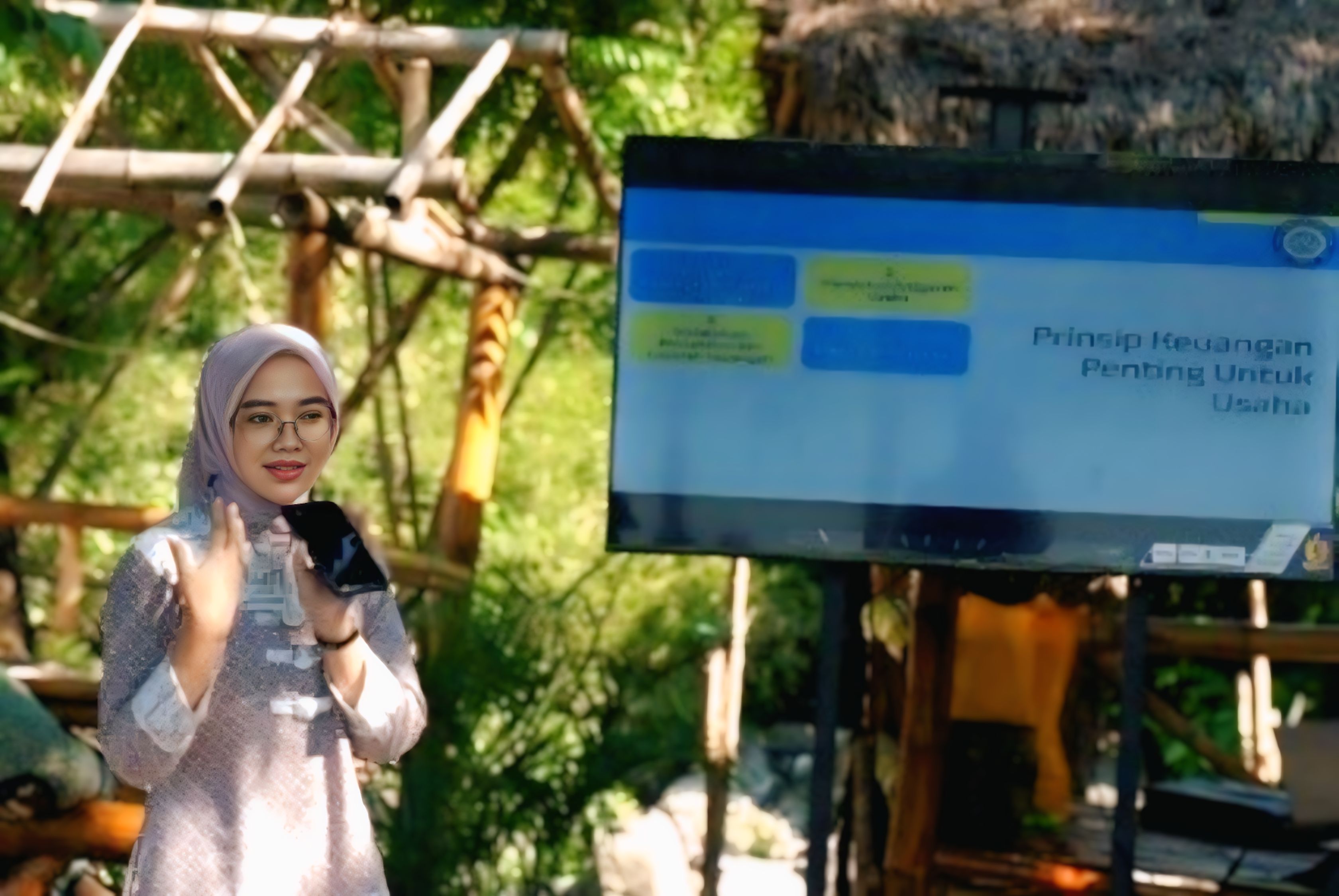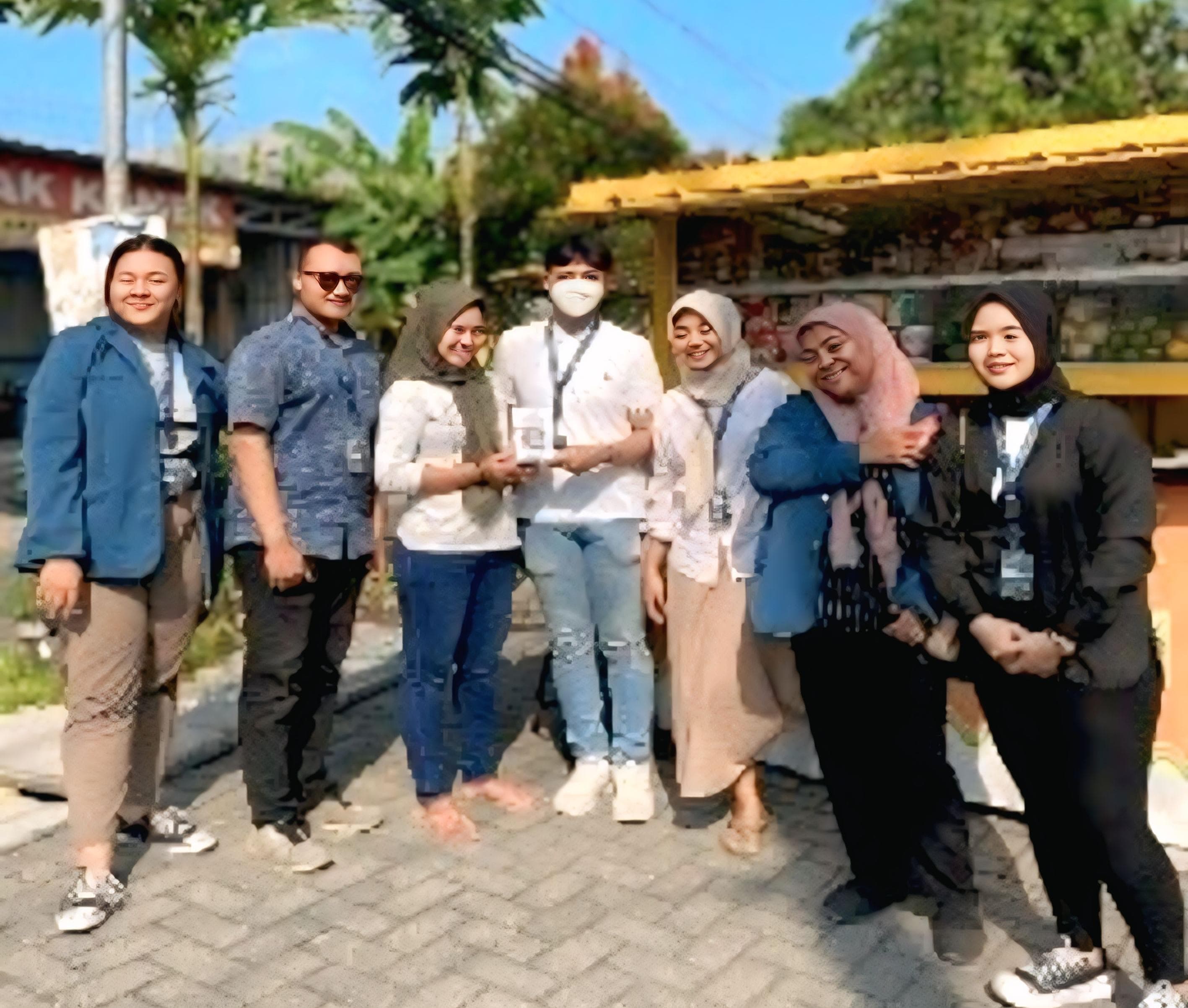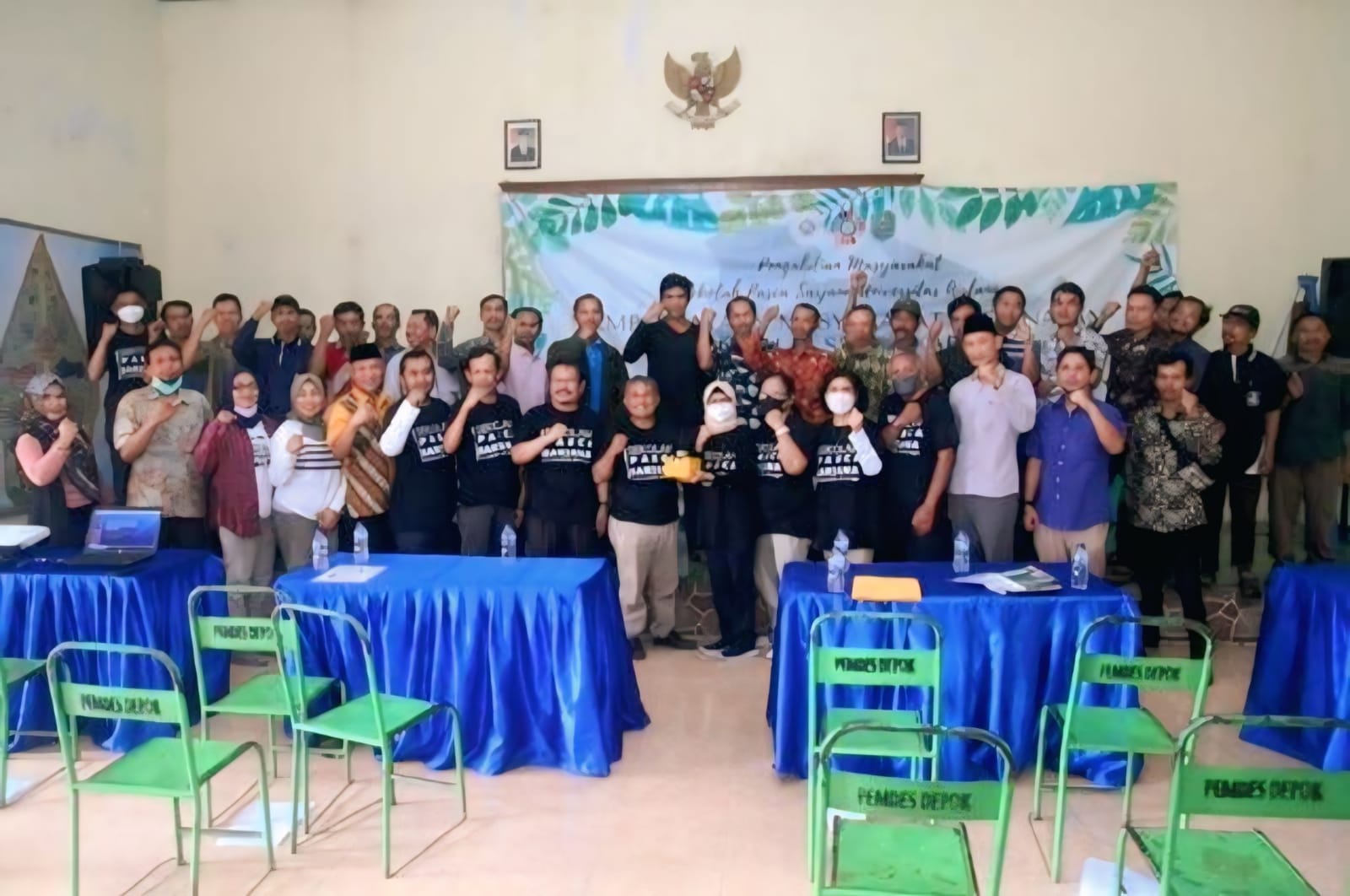PREPARING FOR DISASTERS: PRACTICAL TRAINING FOR ELEMENTARY SCHOOL STUDENTS
BERSIAP MENGHADAPI BENCANA: PELATIHAN PRAKTIS UNTUK SISWA SEKOLAH DASAR
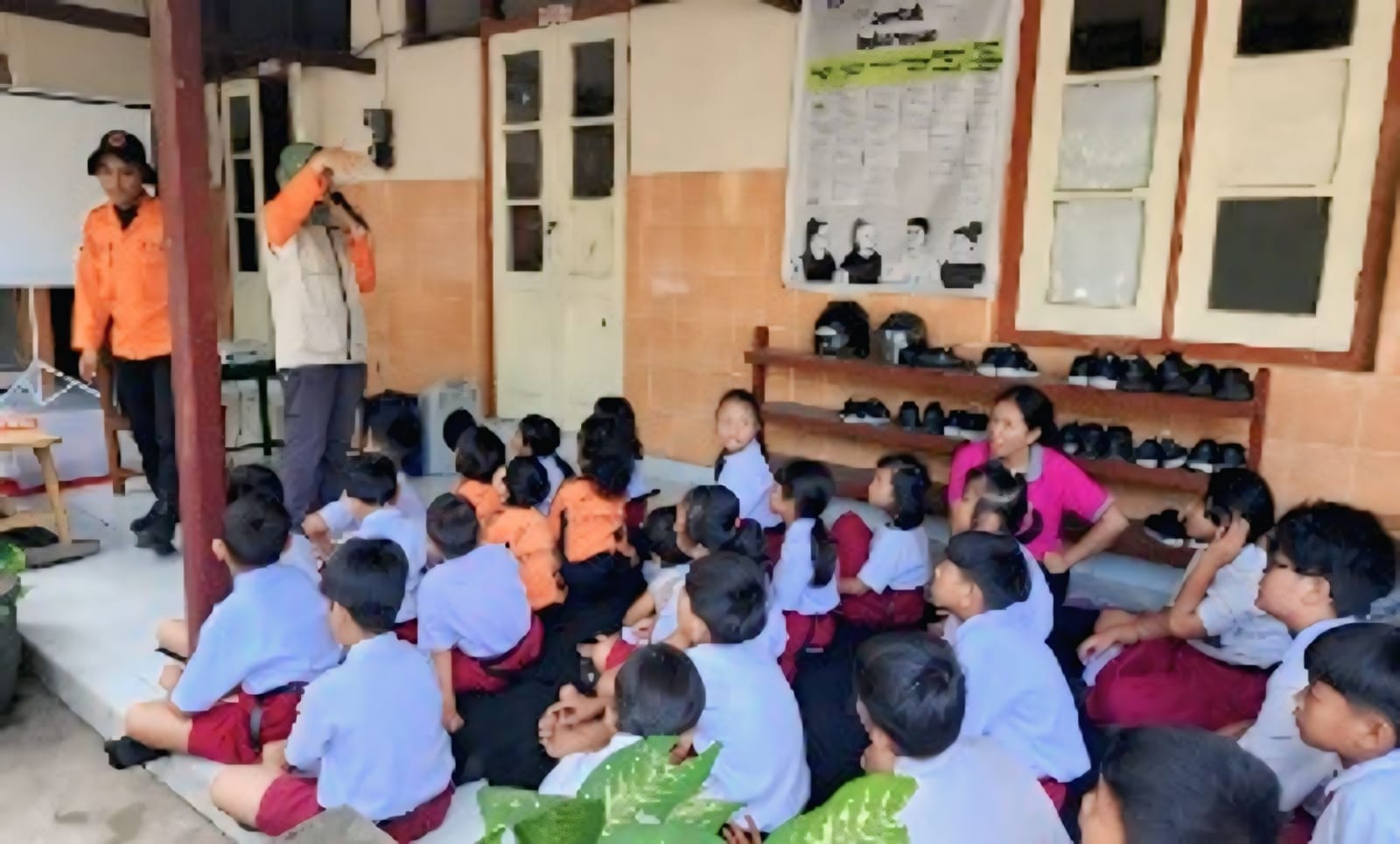
Downloads
Background: Disaster preparedness training serves as a preventive measure and an investment in community safety and resilience, particularly in Indonesia, which is highly prone to natural disasters. Objective: To equip students with the knowledge and skills necessary to manage emergencies, enabling them to save lives and minimize potential damage. Method: This study employed a Participatory Action Research (PAR) approach, actively involving students in disaster victim evacuation simulations. The activity was conducted at SD YBPK Semampir, Kediri City, on May 21, 2024, involving all students from grades I to VI, totaling 70 participants. To evaluate the effectiveness of the training, pre-tests and post-tests were administered to assess students' understanding before and after the intervention. As the data did not follow a normal distribution, a non-parametric statistical analysis was conducted using the Wilcoxon test. Results: The mean scores for the pre-test and post-test were 35.14 and 88.71, respectively. These results were analyzed for normality and subsequently evaluated using the Wilcoxon test, which indicated a significant improvement in students' understanding following the training. Conclusion: The training effectively enhanced disaster awareness among students at SD YBPK Semampir. Recommended actions include conducting regular training sessions, involving parents in disaster preparedness programs, and developing a more comprehensive training module. These initiatives are expected to sustainably improve disaster awareness and preparedness at both the school and community levels.
Copyright (c) 2025 Arshy Prodyanatasari, Krisnita Dwi Jayanti, Jerhi Wahyu Fernanda

This work is licensed under a Creative Commons Attribution-NonCommercial-ShareAlike 4.0 International License.
- The Author(s) hold the copyright of the article without restrictions
- Darmabakti Cendekia allows the author(s) to retain publishing rights without restrictions.
- The legal formal aspect of journal publication accessibility refers to Creative Commons Atribution-Non Commercial-Share Alike 4.0 (CC BY-NC-SA), implies that publication can be used for non-commercial purposes in its original form.
























